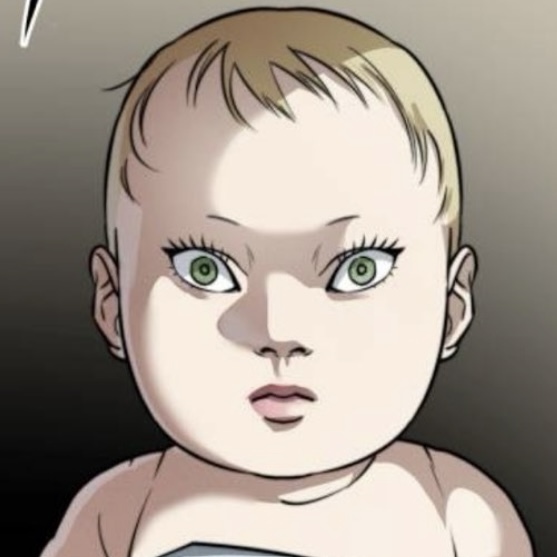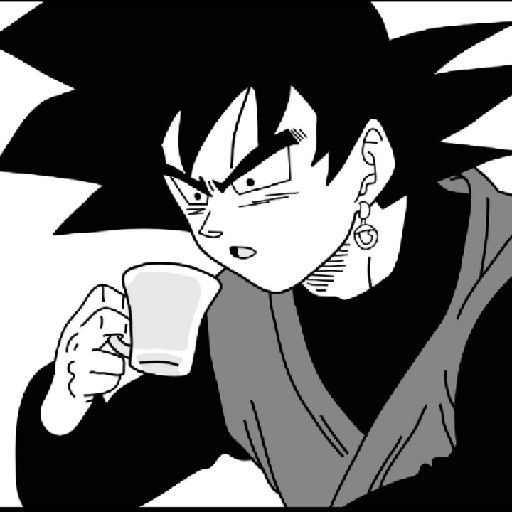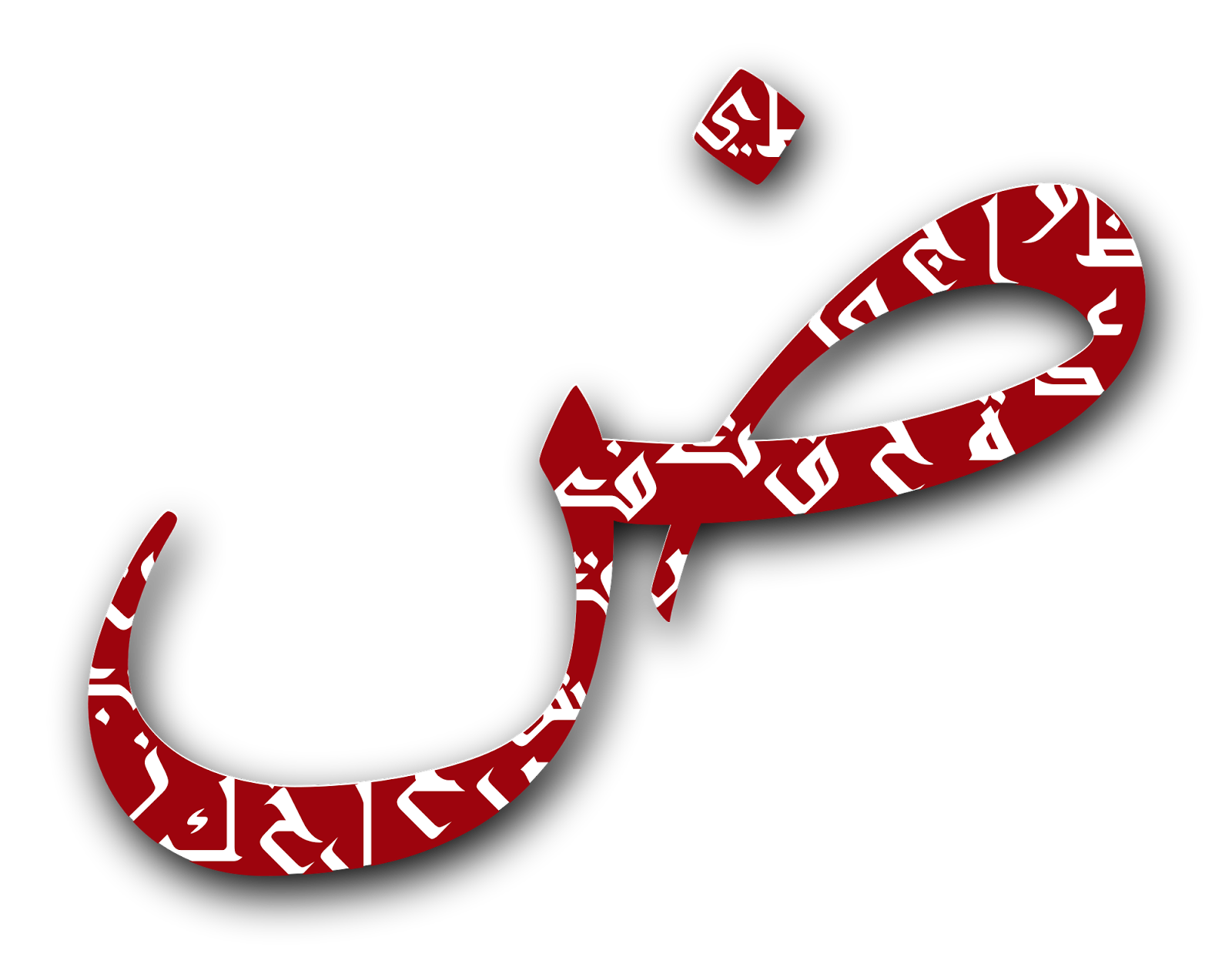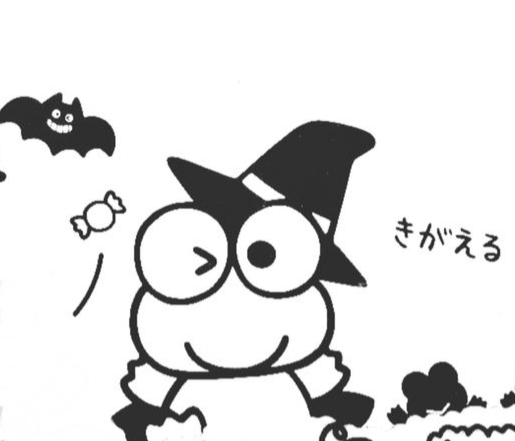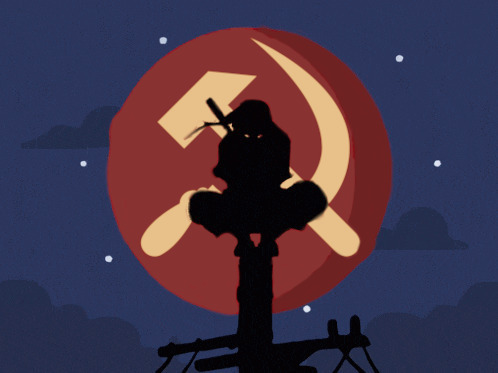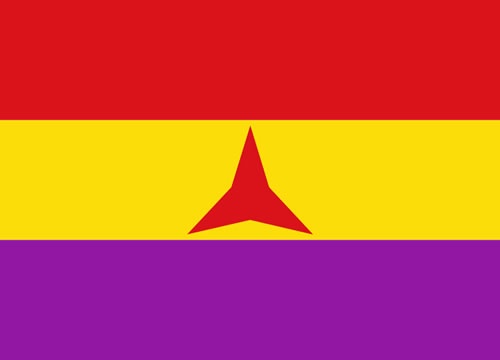In 1968 and 1969, student protests at several Japanese universities ultimately forced the closure of campuses across Japan. Known as daigaku funsō (大学紛争, lit. ‘university troubles’) or daigaku tōsō (大学闘争, ‘university struggles’), the protests were part of the worldwide protest cycle in 1968 and the late-1960s Japanese protest cycle, including the Anpo protests of 1970 and the struggle against the construction of Narita Airport. Students demonstrated initially against practical issues in universities and eventually formed the Zenkyōtō in mid-1968 to organize themselves. The Act on Temporary Measures concerning University Management allowed for the dispersal of protesters in 1969.
Initially, demonstrations were organized to protest against unpaid internships at the University of Tokyo Medical School. Building on years of student organization and protest, New Left student organizations began occupying buildings around campus. The other main campus where the protests originated was Nihon University. They began with student discontent over alleged corruption in the university board of directors. At Nihon, protests were driven less by ideology and more by pragmatism because of the university’s traditional and conservative nature. The movement spread to other Japanese universities, escalating into violence both on campus and in the streets. In late 1968, at the zenith of the movement, thousands of students entered Tokyo’s busiest railway station, Shinjuku, and rioted. Factional infighting (uchi-geba, 内ゲバ) was rampant among these students. In January 1969, the police besieged the University of Tokyo and ended the protests there, leading to renewed fervor from students at other universities, where protests continued. However, as public support for the students fell, and the police increased their efforts to stop the protests, the movement waned. The passage of the 1969 Act on Temporary Measures concerning University Management gave police the legal basis to apply more forceful measures, although splinter groups of the New Left groups, such as the United Red Army, continued their violence into the 1970s.
The students drew ideological inspiration from the works of Marxist theorists like Karl Marx and Leon Trotsky, French existentialist philosophers like Jean-Paul Sartre and Albert Camus, and the homegrown philosophy of the Japanese poet and critic Takaaki Yoshimoto. Yoshimoto’s interpretation of “autonomy” (jiritsusei) and “subjectivity” (shutaisei) were based on his critique of the progressive liberal interpretations of these ideas by other Japanese intellectuals such as Masao Maruyama, whom he denounced as hypocritical. The students’ devotion to shutaisei in particular would lead ultimately to the disintegration of their movement, as they focused increasingly on “self-negation” (jiko hitei) and “self-criticism” (hansei).
The university troubles helped in the emergence of Mitsu Tanaka’s Women’s Liberation (Ūman Ribu) movement. While most disputes had settled down by the 1970s and many of the students had reintegrated into Japanese society, the protests’ ideas entered the cultural sphere, inspiring writers like Haruki Murakami and Ryū Murakami. The students’ political demands made education reform a priority for the Japanese government, which it tried to address through organizations such as the Central Council for Education. The protests have been the subject of modern popular media, such as Kōji Wakamatsu’s 2007 film United Red Army.
Zenkyōtō
The All-Campus Joint Struggle Committees (Japanese: 全学共闘会議; Zengaku kyōtō kaigi), commonly known as the Zenkyōtō (Japanese: 全共闘), were Japanese student organizations consisting of anti-government leftists and non-sectarian radicals.
The movement began at the University of Tokyo and Nihon University, and expanded rapidly to the other major universities over the subsequent three years.
Across the country, 127 universities — 24 percent of the national four-year university system in total — experienced strikes or occupations in 1968. In 1969, this rose to 153 universities or 41 percent. There was also a Zenkyōtō movement in the Japanese high schools.
Up to this point, mobilizing in the student movement meant conforming to the rules of the student council and constituting a clear majority within it. The Zenkyōtō, however, was formed in a voluntarist manner — or through direct democracy, so to speak — as an extralegal organization that operated outside the rules and without recognition by the university administration, consciously opposing the existing type of conformism.
The Zenkyōtō had no rules that governed either its membership or its leadership. Political sects participated in the movement, along with a multitude of small nonpartisan groups, but these organizations fought under the banner of each specific university in the Zenkyōtō.
From the moment of its formation, the Zenkyōtō spread to universities across the whole of Japan, something that had never been seen before in the postwar Japanese student movement, marking the specific character of ’68. Yet, at the same time, the Zenkyōtō as an organization overburdened itself from the outset with political difficulties specific to the practice of direct democracy, difficulties that would emerge later as the movement developed.
Hexbear links
- 🐻Link to all Hexbear comms
- 📀 Come listen to music and Watch movies with your fellow Hexbears nerd, in Cy.tube
- 🔥 Read and talk about a current topics in the News Megathread
- ⚔ Come talk in the New Weekly PoC thread
- ✨ Talk with fellow Trans comrades in the New Weekly Trans thread
- 👊 Share your gains and goals with your comrades in the New Weekly Improvement thread
- 🧡 Disabled comm megathread
reminders:
- 💚 You nerds can join specific comms to see posts about all sorts of topics
- 💙 Hexbear’s algorithm prioritizes comments over upbears
- 💜 Sorting by new you nerd
- 🌈 If you ever want to make your own megathread, you can reserve a spot here nerd
- 🐶 Join the unofficial Hexbear-adjacent Mastodon instance toots.matapacos.dog
Links To Resources (Aid and Theory):
Aid:
Theory:
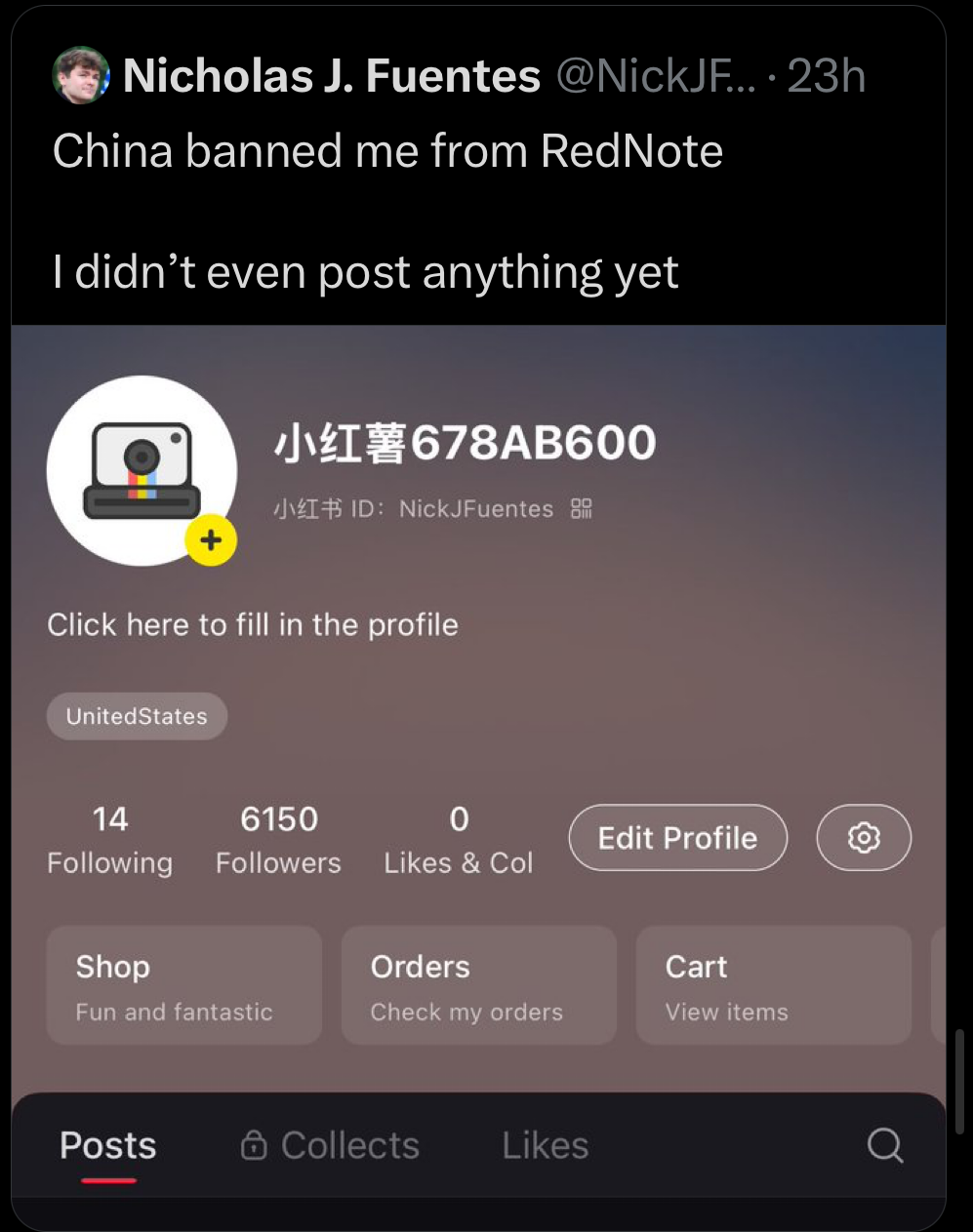
I’ll tell you one thing bout them Chinese, they know how to run a social media site
the worst people you know are getting banned at an astonishing rate. god bless the communist party of China
What did he even expect lmao?
I didn’t even post anything yet
That’s the point

Be me
really shit week
go out, grab coffee
see flyer
it mentioned

realized that 7 years ago seeing “socialism” out in the open like that was totally unthinkable
I live in a yee-yee suburb in Ohio, this isn’t a big city.
It’s the little things
time to update this one
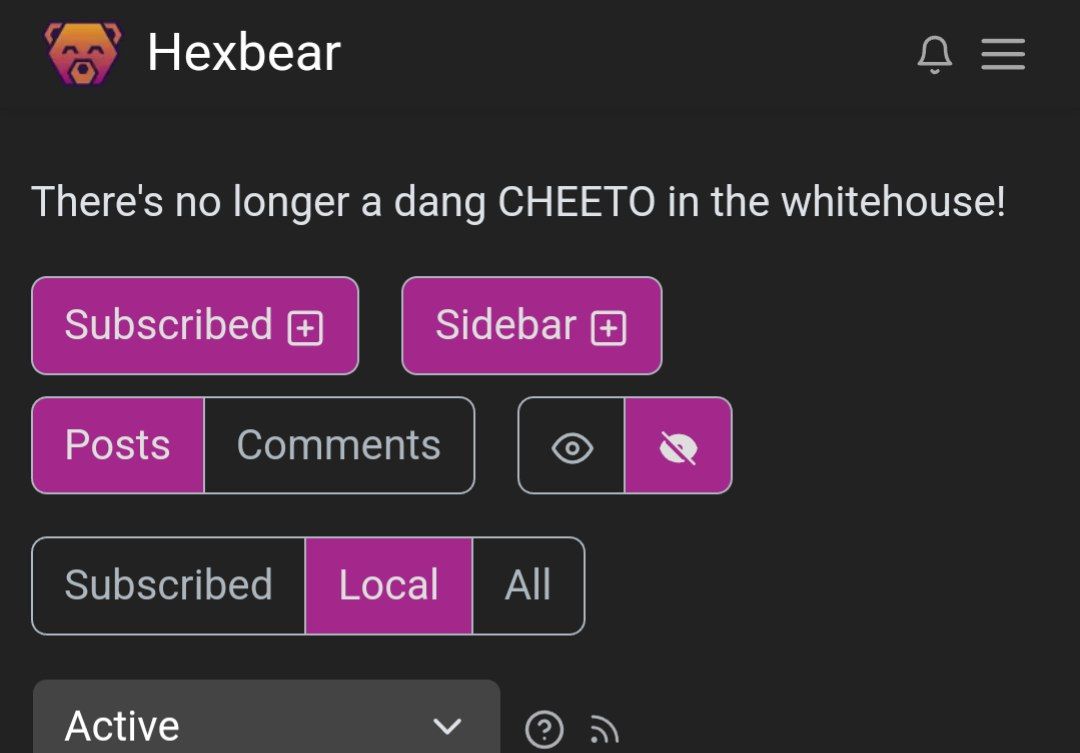
Damn my xhs post talking about homeless services and asking what it’s like in China fucking popped off. Like hundreds of comments, 20k views, just people talking about homelessness in the two countries.
Also a lot of confused Chinese people being like “why don’t they just go to the police for help?”
Bit idea: Do a parody of western people just simply saying “Tiannanmen Square”, as if Chinese people are supposed to know that they’re just talking about the protests, by having people say “the American government doesn’t want you to know about Philadelphia”, as if people are supposed to know you’re actually talking about the MOVE bombing.
is it just me or do ppl these days seem more averse to the idea of piracy? like a few years ago, maybe 10? i feel like everyone online was all for piracy and would do it all the time. but now if i suggest piracy ppl will go “nooo piracy scary” and i dont get it???
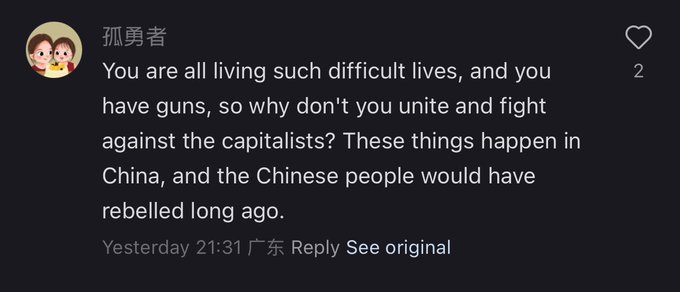
throwback to this classic January tweet
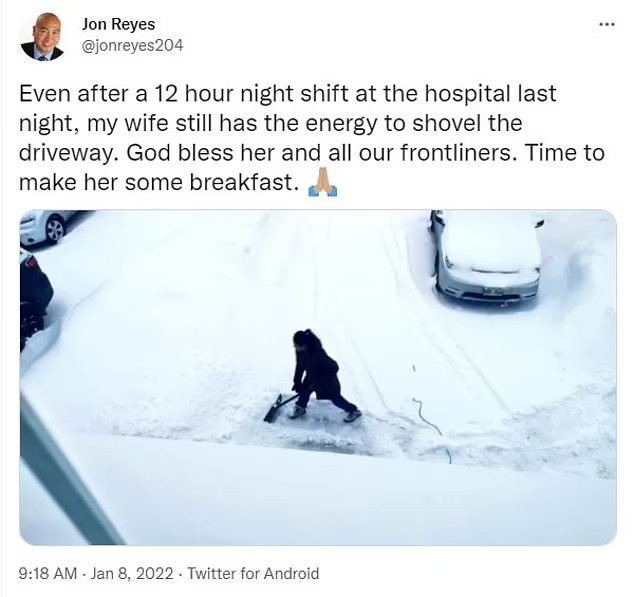
Slammer banned from Rednote

If anyone wants to learn
Arabicunder my tutelage
Idk why, but I like the word tutelage.
Nyeheheheh, “toot”

Your tutelage, my pupillage
When you ban treats in a treat based economy

Not to be too tinfoil about it but the message when you open tiktok being all “we’re so fortunate president trump is gonna help us 🥹” really makes me feel like this was a layup for him for sure lol
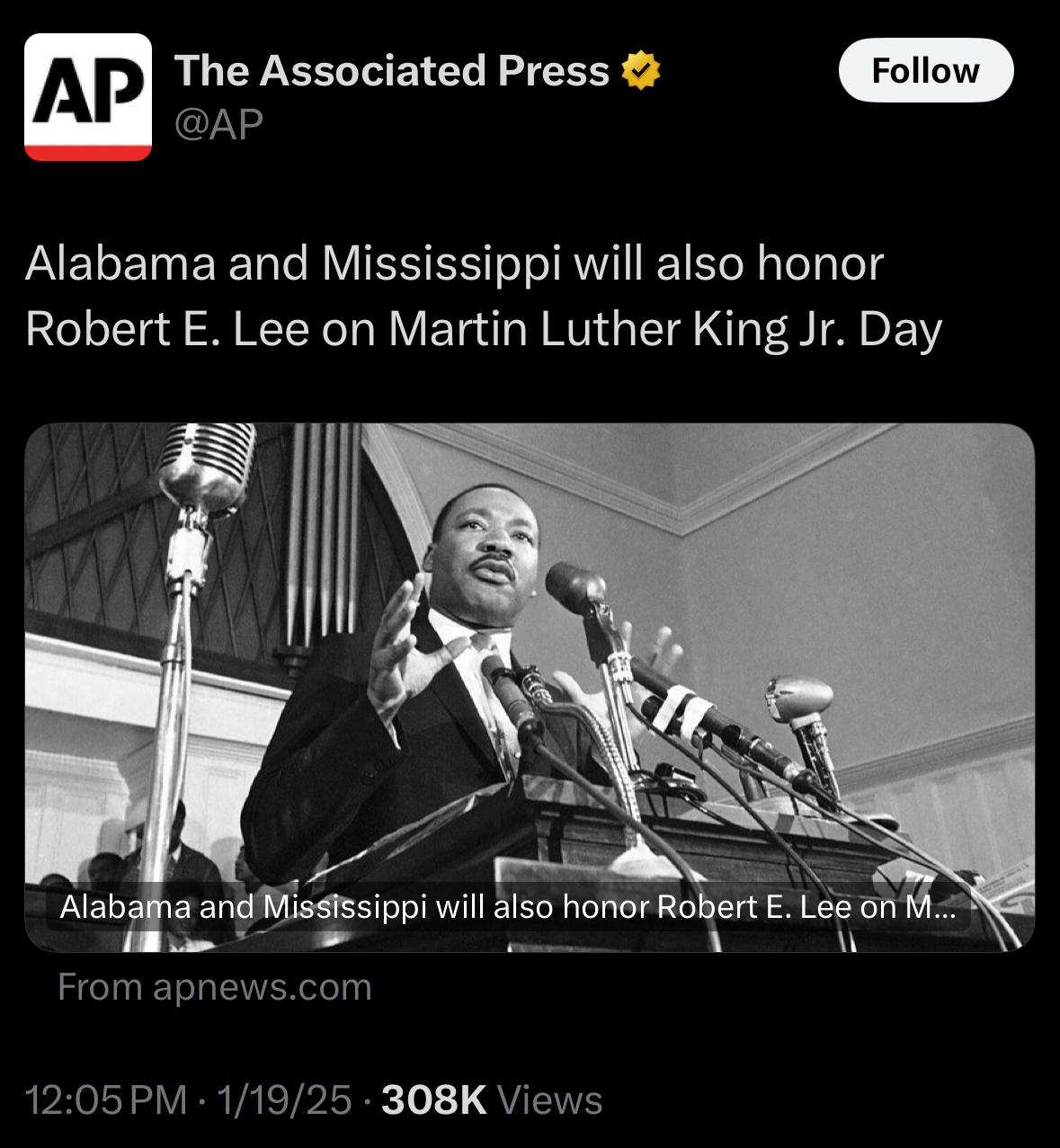
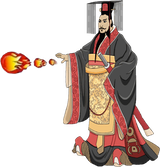 unironically
unironically/r/Rednote currently has alot of libs changing their minds about China
Great place to do some posting tbh. It’s small enough right now that you could probably have a long term effect on the sub’s culture
New Megathread nerds


-
🐶 Join the unofficial Hexbear-adjacent Mastodon instance toots.matapacos.dog
-
🌈 If you ever want to make your own megathread, you can go here nerd
@Acute_Engles@hexbear.net @anarchoilluminati@hexbear.net @AntiOutsideAktion@hexbear.net @asa_red_heathen@hexbear.net @ashinadash@hexbear.net @bbnh69420@hexbear.net @BountifulEggnog@hexbear.net @buh@hexbear.net @Cammy@hexbear.net @CDommunist@hexbear.net @ClimateChangeAnxiety@hexbear.net @context@hexbear.net @corgiwithalaptop@hexbear.net @Cowbee@hexbear.net @CrispyFern@hexbear.net @CriticalOtaku@hexbear.net @CyborgMarx@hexbear.net @Dirt_Owl@hexbear.net @Dolores@hexbear.net @drinkinglakewater@hexbear.net @ElChapoDeChapo@hexbear.net @EstraDoll@hexbear.net @FALGSConaut@hexbear.net @Frank@hexbear.net @Frogmanfromlake@hexbear.net @FuckyWucky@hexbear.net @FumpyAer@hexbear.net @GalaxyBrain@hexbear.net @gay_king_prince_charles@hexbear.net @Grownbravy@hexbear.net @GVAGUY3@hexbear.net @HarryLime@hexbear.net @hexaflexagonbear@hexbear.net @InevitableSwing@hexbear.net @Infamousblt@hexbear.net @iridaniotter@hexbear.net @Josephine_Spiro@hexbear.net @kristina@hexbear.net @LocalOaf@hexbear.net @MaxOS@hexbear.net @Mindfury@hexbear.net @mkultrawide@hexbear.net @Moss@hexbear.net @Nakoichi@hexbear.net @PaulSmackage@hexbear.net @PaX@hexbear.net @Piment@hexbear.net @plinky@hexbear.net @PorkrollPosadist@hexbear.net @Ram_The_Manparts@hexbear.net @ReadFanon@hexbear.net @RedWizard@hexbear.net @RION@hexbear.net @RNAi@hexbear.net @Rojo27@hexbear.net @SeventyTwoTrillion@hexbear.net @SorosFootSoldier@hexbear.net @Sickos@hexbear.net @Sphere@hexbear.net @take_five_seconds@hexbear.net @Tervell@hexbear.net @VHS@hexbear.net @viva_la_juche@hexbear.net @WhatDoYouMeanPodcast@hexbear.net @Wheaties@hexbear.net @WhyEssEff@hexbear.net @WIIHAPPYFEW@hexbear.net @Wmill@hexbear.net @wtypstanaccount04@hexbear.net @wombat@hexbear.net @Zoift@hexbear.net
@CARCOSA@hexbear.net @Alaskaball@hexbear.net @liberal@hexbear.net @ella@hexbear.net @KiraNerys@hexbear.net @BoarAvoir@hexbear.net @dialectical_analysis_of_gock@hexbear.net @RotundLadSloopUnion@hexbear.net @tls123@hexbear.net @cloudy@hexbear.net @IgnusNilsen@hexbear.net @Lyudmila@hexbear.net
No current struggle session discussion here on the new general megathread, i will ban you from the comm and remove your comment, have a good day/night :meow-coffee:
foist
ok i pull up

 indeed
indeedAdd me into the roll call
-


